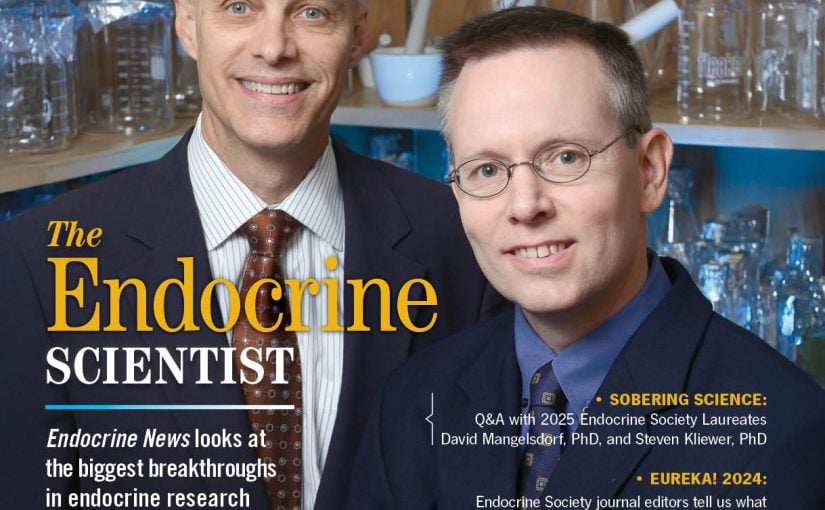A new endoscopic thyroidectomy procedure eliminates visible scars, but endocrine experts caution that the outcomes may not be the same as traditional surgeries.
A team of surgeons at Mount Sinai Beth Israel Hospital in New York City late last year performed the first endoscopic transoral thyroidectomy in New York, a procedure that’s also one of the first of its kind in the nation. The results were published in Surgical Endoscopy.
The surgeons, led by William B. Inabnet III, MD, the Eugene W. Friedman, MD, professor of surgery and chair for the Department of Surgery at MSBI and chief of Endocrine Surgery Quality for the Mount Sinai Health System, removed the thyroid gland by making three small incisions inside the mouth underneath the lower lip. Inabnet inserted ports through the incisions, including an endoscope. Once a working space within the neck area was created, Inabnet preserved the critical structures and removed the thyroid gland through the largest of the incisions.
“If it’s my neck I would want the surgeon to readily identify and carefully preserve parathyroid glands and the recurrent laryngeal nerves and to be able to visualize extent of possible tumor to allow for its maximal removal and that of any involved lymph nodes.” – Leonard Wartofsky, MD, professor of medicine at Georgetown University School of Medicine and editor-in-chief of Endocrine Reviews
“Out of all of the approaches, this is the one type of thyroid operation where there is no sign that the patient underwent surgery,” says Inabnet. “This procedure is best equipped for smaller nodules and early-stage papillary thyroid cancer. I anticipate it will evolve for other applications going forward.”
However, while this technique may provide a cosmetic benefit to those patients who are worried about a visible scar, there is the concern with this alternative endoscopic approach (as with all endoscopic approaches) that it provides less than optimal exposure and visibility, according to Leonard Wartofsky, MD, professor of medicine at Georgetown University School of Medicine and editor-in-chief of Endocrine Reviews. “If it’s my neck I would want the surgeon to readily identify and carefully preserve parathyroid glands and the recurrent laryngeal nerves and to be able to visualize extent of possible tumor to allow for its maximal removal and that of any involved lymph nodes,” he says. “Issues of ‘seeding’ of tumor along the endoscopic track have not been fully resolved as yet. Most of my patients have no problem in accepting a small incisional scar on the neck in exchange for assurances of optimal visualization for the procedure.”
“As surgeons explore these alternative approaches for purely cosmetic purposes, it is very important that studies be done to document that these alternative approaches are as safe and effective as the traditional thyroid surgery techniques.” – Michael Tuttle, MD, of Memorial Sloan Kettering Cancer Center in New York
Michael Tuttle, MD, of Memorial Sloan Kettering Cancer Center in New York, agrees, pointing out that the traditional method only leaves a small scar in most patients and has long been considered a safe and effective approach for all types of thyroid surgery. “As surgeons explore these alternative approaches for purely cosmetic purposes, it is very important that studies be done to document that these alternative approaches are as safe and effective as the traditional thyroid surgery techniques,” he says. “We need to be certain that we are not sacrificing oncological outcomes or accepting higher risks to the parathyroid glands or recurrent laryngeal nerves simply for cosmetic reasons.”

